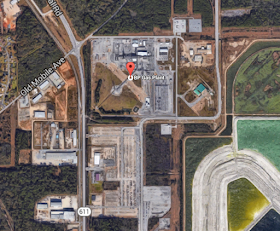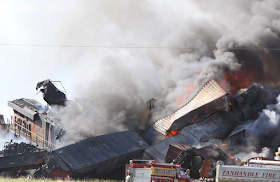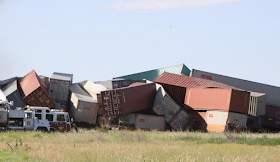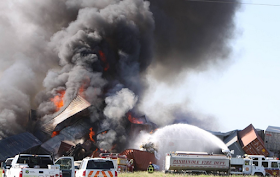On May 5, 2016, the Supreme Court of British Columbia released its decision in Domovitch v. Willows, 2016
BCSC 1068 (CanLII) in which the court allocated liability amongst a
number of “responsible persons” under the Contaminated Sites provisions
of the B.C. Environmental Management Act, S.B.C. 2003, c. 53 (the “EMA”).
Despite the reasons for judgment being pronounced orally, the decision in Domovitch contains a rare, succinct and clear treatment of a number of provisions in the EMA, including the “innocent purchaser” exemption from liability and the allocation of liability amongst responsible persons.
Innocent purchaser exemption
To be entitled to the “innocent purchaser” exemption under the EMA, a party must establish that:
- at the time of purchase:
a. the property was contaminated;
b. the purchaser had no reason to know or suspect that the property was contaminated; and
c. the purchase undertook all appropriate
inquiries into the previous ownership and use of the property and also
undertook other investigations consistent with good customary practice
at that time in an effort to minimize potential liability;
2. the purchaser did not transfer title to any party without disclosing known contamination to the transferee; and
3. the purchaser did not by any act or omission cause or contribute to the contamination.
With respect to satisfying the requirements in 1(c) above respecting appropriate inquiries, the Contaminated Site Regulations require the court to consider:
- any personal knowledge or experience of the purchaser respecting contamination at the time of acquisition;
- the relationship between the purchase price and the value of the property uncontaminated;
- commonly known or reasonably ascertainable information about the property at the time of purchase; and
- any obvious presence or indicators of contamination or the
feasibility of detecting such contamination by appropriate inspection at
the time of purchase.
Given the multiplicity of the requirements to establish entitlement
to the exemption, such exemptions are rarely established and have
generally been upheld in the context of residential purchasers of
properties contaminated by heating oil from underground tanks. The only
decision we are aware of that addresses the exemption in an industrial
context is in Workshop Holdings, 2005 BCSC 631, which provides light guidance on the application of the exemption in an industrial context.
In Domovitch, the plaintiff successfully relied on the
“innocent purchaser” exemption to avoid sharing the liability for
remediation costs. The critical facts held to entitle the plaintiff to
rely on the exemption were that, at the time of the purchase, the
plaintiff knew that there was an underground storage tank but had
received confirmation from the local fire department that the tank had
been decommissioned five years earlier and that the tank had been
rendered inert, and amended the purchase agreement to include a warranty
to that effect. Somewhat surprisingly, the court held that this was
sufficient to allow the purchaser to establish that he had “no reason to
suspect” the property was a contaminated site. In doing so, the court
relied on a previous decision in Aldred v. Colbeck, 2010 BCSC 57 (CanLII) to similar effect.
Allocation of Liability
In Domovitch, as in most contaminated site decisions to
date, the court embarked on a rather simple crude allocation of
liability in which the court allocated liability among the
“responsible persons” based on the relative number of years that each of
them owned the property during the time that the tanks were used for
storing heating. In this regard, years or ownership were used as a
crude proxy for each parties contribution to the contamination. This
allocation was not adjusted for any consideration of the fact that the
tank likely discharged more contamination during its later years of
operation than during the early years before corrosion had compromised
the integrity of the tanks. The simple basis used to allocate amongst
responsible persons may simply have been a function of the limited
damages at stake ($39,000). One day, the court will likely be asked to
consider and embark upon a more nuanced approach to allocation taking
into consideration all of the various allocation factors articulated in
the Contaminated Sites Regulation.




















































